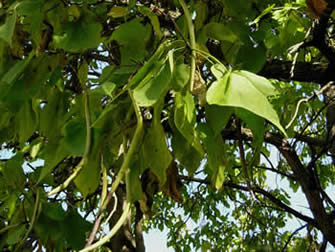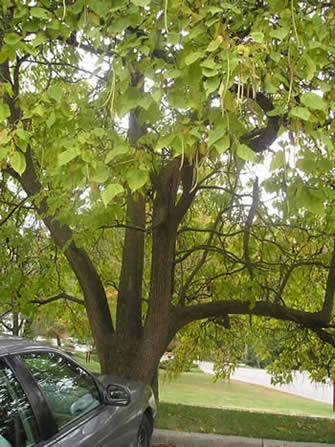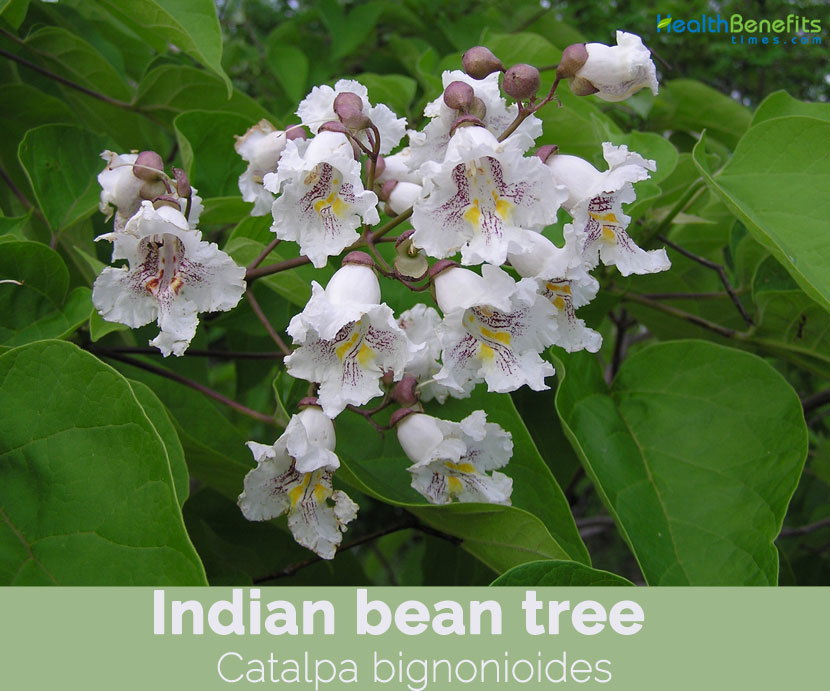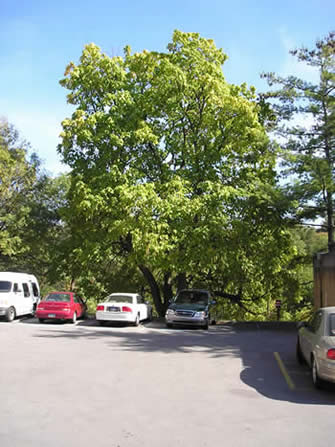northern catalpa tree medicinal uses
These medicinal properties were never developed but the tree was promoted to railroads. A large upright to rounded tree reaching 50 feet high and 35 feet wide.
Finally fibers from the fruit of the plant can be used to make ropes.
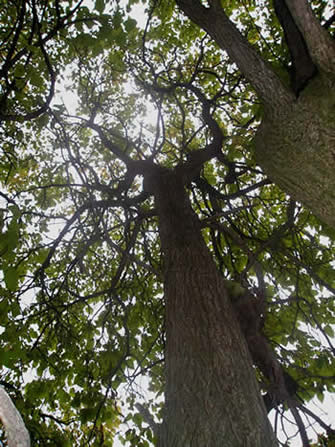
. The family is mostly tropical and subtropical. Ovata that are occasionally planted as ornamentals. Long cigar-like pods persist through winter.
Pods and seeds have been reported to possess antispasmodic cardiac and sedative properties. Northern catalpa has large showy flowers that are upright in 4. The northern catalpa is a large upright tree.
The tree is also used as an ornamental shade tree and planted in urban areas as a street and lawn tree. Ticks are found throughout Ohio and sometimes carry potentially dangerous diseases. Northern Catalpa Catalpa speciosa Description Overview Northern Catalpa is a tall shade tree with large heart-shaped leaves and gorgeous fragrant white flowers.
Northern catalpa is primarily used today as a large ornamental shade tree. The word catalpa comes from the name of the Native Catawba people who lived in what is now North and South Carolina. They grow in a whorled or opposite arrangement along branches.
For indigestion and bowel problems the fresh bark is charred and made into a charcoal soup that alleviates the symptoms. A decoction of the bark is used to treat throat infections kidney infections and kidney stones. Catalpa worms feed exclusively on trees in the genus Catalpa including native northern and southern catalpa C.
Northern catalpa is a member of the Bignoniaceae the Bignonia or Catalpa family. Lets take a look at some of the herbal trees and their uses. Ad Find out hundreds of medicines plants around house how turn them into natural remedies.
There are several catalpa trees planted throughout the St. Because its leaves are heart-shaped they used it as a curative. Southern Catalpa is planted in windbreaks for conservation purposes.
It is widely planted in urban areas as a street and lawn tree. The trees were historically used as fence posts and railroad ties while the leaves roots seed pods and bark have been used for various medicinal purposes. Northern catalpa is very adaptable to adverse conditions but has weak wood and branch structure.
Conservation uses include plantings in mined-land reclamation projects and shelterbelts. A tea made from the seeds was used in the treatment of asthma and bronchitis as well as a rinse on wounds. Teas and poultices made from the bark and leaves are often used in herbal medicine as laxatives and mild sedatives and to treat skin wounds and abrasions infections snake bites and even malaria.
9 Fascinating Facts Catalpa grows rapidly but it is often infested with insects and damaged by storms and frost. Other plants in the family include trumpet creeper Campsis radicans and crossvine Bignonia capreolata. Bignoniaceae Trumpet-creeper Family Medicinal use of Indian Bean Tree.
300 pages about All Medicinal Plants how to turn them into powerful natural remedies. Is Catalpa Edible. Trees provide us with sap leaves blossoms bark berries and nutsmost of which have medicinal properties that cannot be found anywhere else in nature.
Pupae overwinter in soil around the base of the host tree. Catalpa is a Midwest native tree grows 40 feet to 60 feet tall with a narrow open irregularly rounded crown and spreading branches. Its bark is a gray-brown that becomes scaly with age.
Used in preparations with other herbs for the treatment of whooping cough asthma and spasmodic coughs in children Felter and Lloyd 1989. In fall the leaves will become yellow-green to brown. Medicinal Uses of Catalpa Tree Parts.
Bignonioides respectively as well as non-native species like Chinese catalpa C. A tea made from the bark has been used as an antiseptic antidote to snake bites laxative sedative and vermifuge. Leaves are simple and large 6 to 10 long and heart-shaped.
This tree could have been the inspiration for the story Jack and the Bean Stalk. Using Trees as Medicine Using trees as medicine breaks allows for some rather interesting preparations as just about any part of the tree can be medicinal. Long believed by Native Americans to have numerous medicinal benefits the catalpas leaves are used as a poultice for snake bites.
It has large heart-shaped leaves and large clusters of fragrant white flowers. This particular tree is one of. The long interesting seed pods persist through the winter.
Catalpa is also known to be a mild narcotic which is. The Ohio Department of Natural Resources ODNR Division of Wildlife is encouraging hunters anglers birders and all outdoor enthusiasts to use caution and take steps to avoid contact with Ohios tick species while exploring the outdoors this summer. Bignonia catalpa Catalpa syringaefolia Family.
The bark of the oak tree has been used for thousands of years for its medicinal qualities. Modern industrial uses of Catalpa bignonioides include general construction work interior finish cabinetwork fence posts rails and fuel. Historically much of the country was forested and the people had to find medicinal uses for the forest trees to stay healthy.
Indian Bean Tree Latin name. There is also some scientific evidence for the diuretic properties of Catalpa fruits pods and seeds. Northern Catalpa has no known medicinal uses and is mainly used for ornamental purposes.
In addition to having a sedative effect. Catalpas have soft brown wood often used for. Although it has been naturalized in.
Species in this family range from woody vines to large trees. Possibly because of. It can be made into a tea that is an antidote for snake bites and has also used for a laxative.
Chinese catalpa Catalpa ovata has been cited as suitable food source during times of famine according to PFAF. Catalpa was used by Native Americans in the American South as a poultice and purgative from leaves and bark. The bark is gray-brown and becomes scaly with age.
It is native from the lower Midwest into the southern states southern Illinois south to Arkansas. Catalpa also has several medicinal uses. Modern pharmaceutical research has shown catalpa trees have diuretic properties.
For thousands of years trees have given us wonderful herbal medicines and played an important role in our lives.

The Catalpa Tree Dave S Garden
/GettyImages-1251337179-fab6404e1b1e45b5a44c1c070eedba3d.jpg)
A Bait Tree All About The Catalpa Tree And Its Worms


